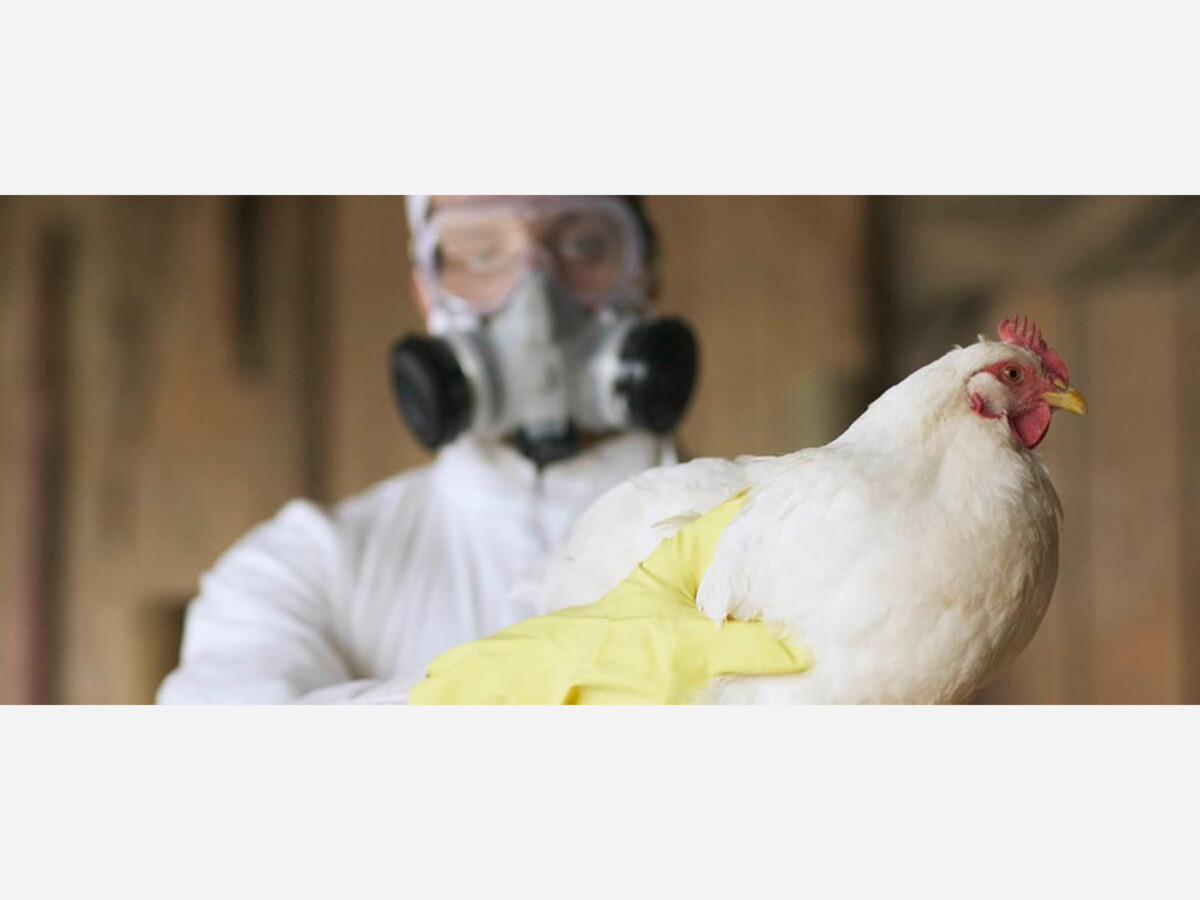Image

Bird Flu is back in the US
USDA Confirms Additional Highly Pathogenic Avian Influenza Finds
The United States Department of Agriculture's (USDA) Animal and Plant Health Inspection Service (APHIS) has confirmed two additional findings of highly pathogenic avian influenza (HPAI) in wild birds - one in Colleton County, South Carolina and one in Hyde County, North Carolina. These finds follow confirmation on January 14, 2022 of HPAI in a wild bird in Colleton County, South Carolina. All three findings are H5N1 HPAI.
Avian Influenza A Virus Infections in Humans
Although avian influenza A viruses usually do not infect people, rare cases of human infection with these viruses have been reported. Infected birds shed avian influenza virus in their saliva, mucous and feces. Human infections with bird flu viruses can happen when enough virus gets into a person's eyes, nose or mouth, or is inhaled. This can happen when virus is in the air (in droplets or possibly dust) and a person breathes it in, or when a person touches something that has virus on it then touches their mouth, eyes or nose. Rare human infections with some avian viruses have occurred most often after unprotected contact with infected birds or surfaces contaminated with avian influenza viruses. However, some infections have been identified where direct contact was not known to have occurred. Illness in people has ranged from mild to severe.
The spread of avian influenza A viruses from one ill person to another has been reported very rarely, and when it has been reported it has been limited, inefficient and not sustained. However, because of the possibility that avian influenza A viruses could change and gain the ability to spread easily between people, monitoring for human infection and person-to-person spread is extremely important for public health.
These findings are not unexpected, as wild birds can be infected with HPAI and show no signs of illness. They can carry the disease to new areas when migrating. APHIS anticipates additional wild bird findings as our robust wild bird sampling program continues into the spring.
APHIS will post these and all future wild bird findings on its website on a weekly basis. Stakeholders should check the website on a routine basis, as no future stakeholder announcements are planned for wild bird findings.
Since wild birds can be infected with these viruses without appearing sick, people should minimize direct contact with wild birds by using gloves. If contact occurs, wash your hands with soap and water, and change clothing before having any contact with healthy domestic poultry and birds. Hunters should dress game birds in the field whenever possible and practice good biosecurity to prevent any potential disease spread.
Given these additional recent findings, anyone involved with poultry - commercial or backyard flocks alike - should review their biosecurity plan and enhance their biosecurity practices to assure the health of their birds. APHIS has materials about biosecurity, including videos, checklists, and a toolkit available for producers on our website.
In addition to practicing good biosecurity, all bird owners should prevent contact between their birds and wild birds and report sick birds or unusual bird deaths to State/Federal officials, either through their state veterinarian or through USDA's toll-free number at 1-866-536-7593.
Additional background
Avian influenza (AI) is caused by an influenza type A virus which can infect poultry (such as chickens, turkeys, pheasants, quail, domestic ducks, geese, and guinea fowl) and is carried by free flying waterfowl such as ducks, geese and shorebirds. AI viruses are classified by a combination of two groups of proteins: hemagglutinin or "H" proteins, of which there are 16 (H1-H16), and neuraminidase or "N" proteins, of which there are 9 (N1-N9). Many different combinations of "H" and "N" proteins are possible. Each combination is considered a different subtype and can be further broken down into different strains which circulate within flyways/geographic regions. AI viruses are further classified by their pathogenicity (low or high)--the ability of a particular virus strain to produce disease in domestic chickens.